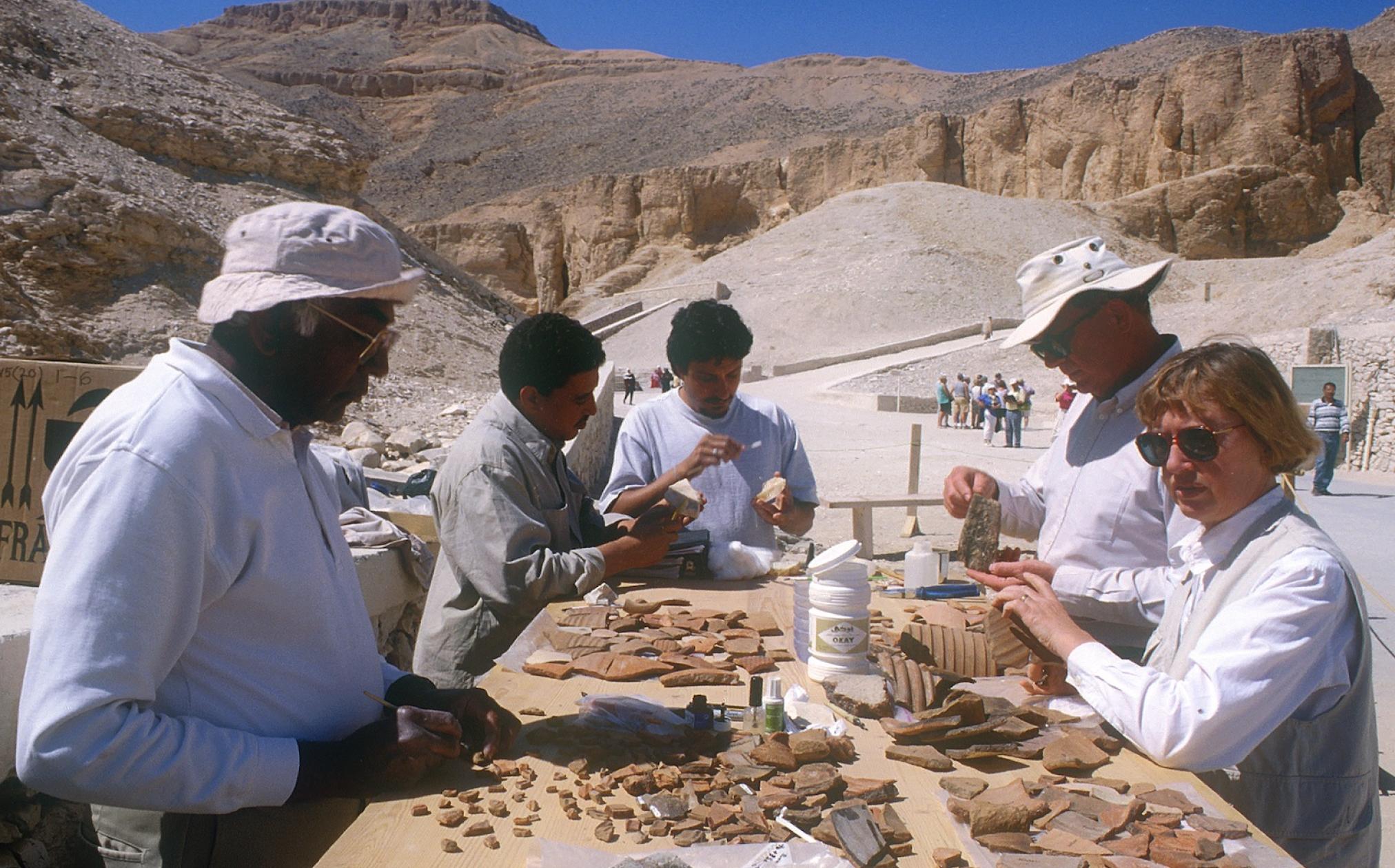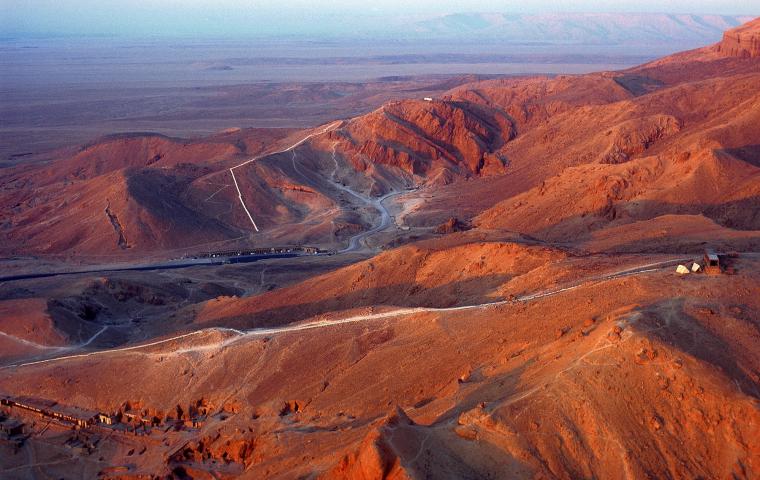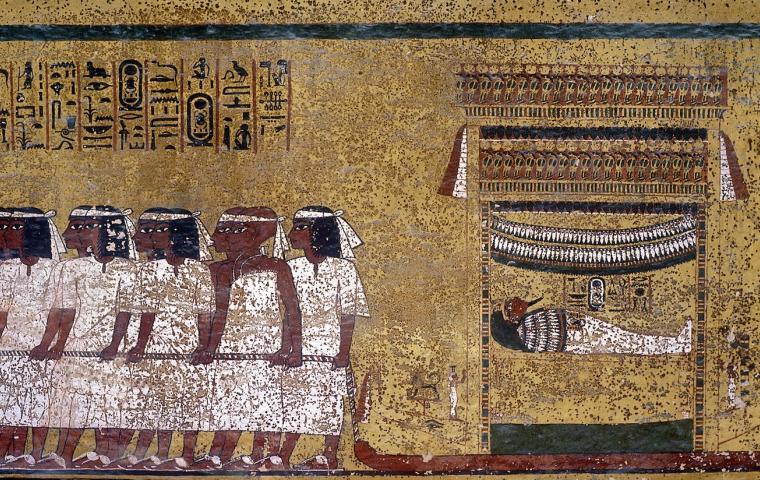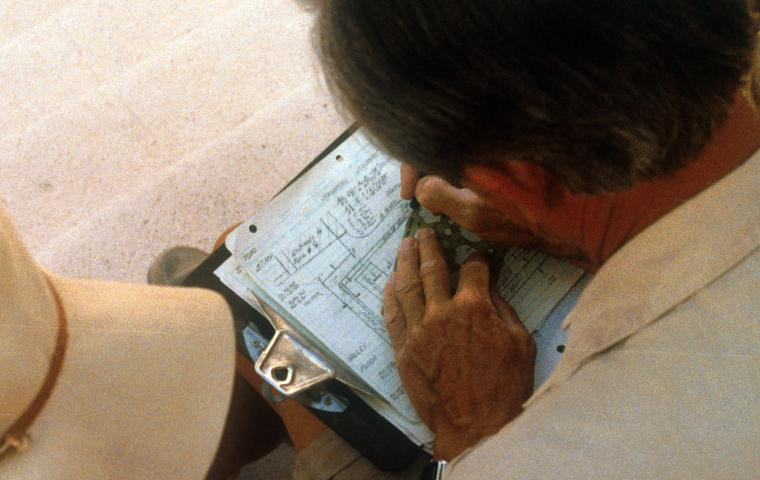The Rediscovery of the Tomb of the Sons of Rameses II (KV 5): A Theban Mapping Project Endeavor
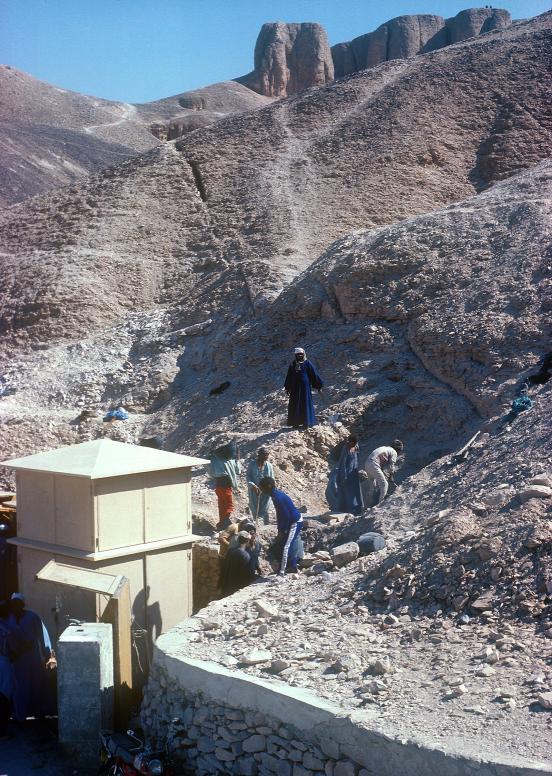
Did you know that the Theban Mapping Project rediscovered and is still excavating and documenting the tomb of the Sons of Rameses II (KV 5)? Easily the largest tomb in the Valley of the Kings, with over 120 chambers and corridors, KV 5 was the burial place of at least four royal sons of Rameses II.
Using geophysical equipment and old-fashioned archaeological digging, the Theban Mapping Project found the entrance to KV 5 in 1987, after a week of exploration. Crawling inside and carefully examining the accessible walls and ceiling, it soon became clear that KV 5 contained not just the six rooms first seen by James Burton, but many more halls, corridors, and chambers. Indeed, in 1995, the TMP was able to announce that KV 5 was the largest tomb ever found in the Valley of the Kings.
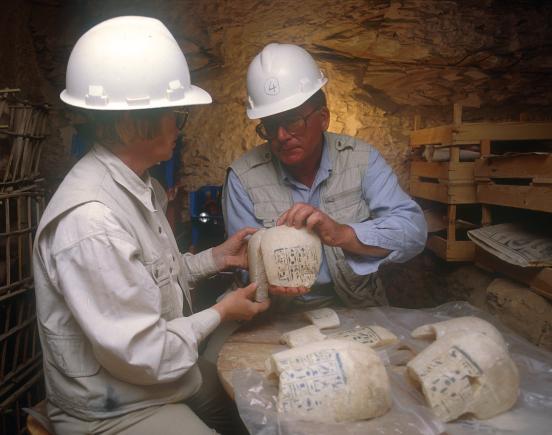
Careful cleaning of the tomb’s decorated, but badly-damaged, walls revealed the names of several sons of Ramesses II. Fragments of four Canopic jars found in the flood debris in Chamber 2 confirmed those and gave two more, a total of four. The names are: Amunherkhepeshef, Rameses, Sethy, and Mery-Atum. Of the thirty sons of Rameses II, these are numbers 1, 2, 9, and 16 in lists of the sons born to his principal wives. One complete human skeleton and the fragments of three others were found dumped in a burial pit in Chamber 2. A study by forensic anthropologists identified two as ”most probably” related to Rameses II, a third as “likely” related, and the fourth as too fragmentary to tell. They may be the remains of the four sons whose names have been found on walls and canopic jars.
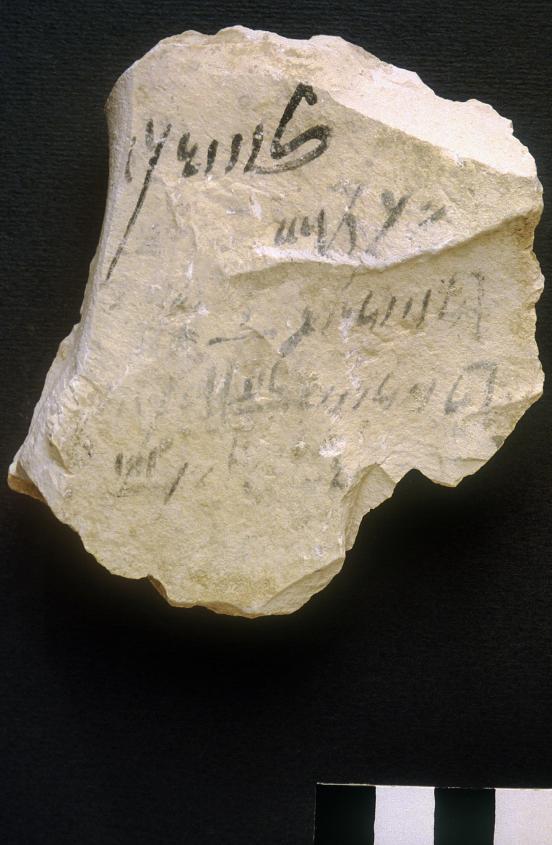
Tens of thousands of objects have been found in KV 5, most badly broken or battered by past floods that have hit the Valley of the Kings over the last four thousand years. In addition to pottery and canopic jars, shabtis have also been discovered in KV 5 and were made of Faience or Egyptian alabaster. They often have texts and names written in ink on their bodies, exhorting them to perform their duties. Several finely carved decorative finials were found in the tomb. They are made of bone-white alabaster, and once capped the wooden harnesses of a war-chariot. Such chariots were found intact in the tomb of Tutankhamen. In KV 5, the Theban Mapping project also found objects washed in from elsewhere in the Valley, or left behind by the men who carved and decorated the tomb. An example of the latter is an ostracon with text recording the delivery of an order of candlewicks to provide light for the artisans.
The clearing of further chambers in KV 5, work delayed by a number of factors, not least of which are available funds and, most recently, covid, will focus on corridors 10 and 16 and their multiple side-chambers. Study of the traces of decorated plaster on walls throughout the tomb will continue, as will geophysical searches for possible voids beyond the floors and walls of known chambers. The Theban Mapping Project remains certain that KV 5 has still more secrets to share!
To explore KV 5 and learn more, click here!

